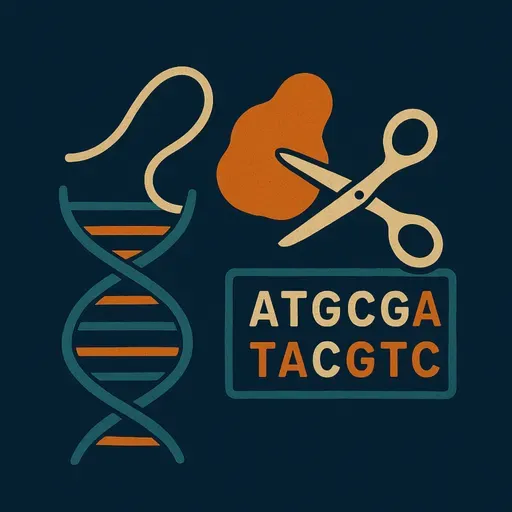
In the first episode, we explored the foundation of CRISPR, the revolutionary gene-editing technology that is reshaping the way we think about biology. The episode opened with an overview of how CRISPR works, breaking down the Cas9 protein as the molecular “scissors” that cut DNA at precise points, guided by customizable RNA sequences. We then examined the science behind it, including the mechanisms that allow researchers to insert, delete, or replace genes in living organisms. From there, the episode highlighted the wide range of potential applications, from curing single-gene disorders like sickle-cell anemia to tackling complex agricultural challenges by engineering crops with greater resilience to climate change.The discussion also dove into the challenges scientists face, such as off-target effects, where CRISPR sometimes cuts unintended parts of the genome, and the efforts to design high-fidelity Cas9 proteins to reduce those risks. Finally, the episode connected the science to its real-world context, touching on early clinical trials and ongoing research that could lead to transformative advances in medicine, food security, and environmental repair.